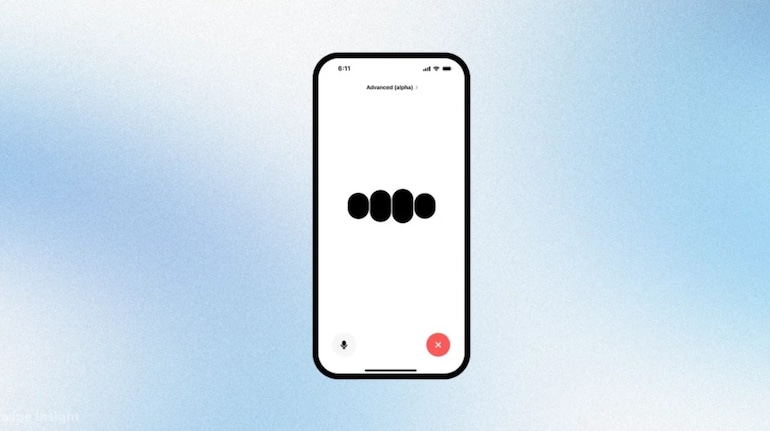OpenAI has launched a groundbreaking feature for ChatGPT, introducing an advanced Voice Mode that promises to revolutionize human-AI interaction. Announced via the company’s X (formerly Twitter) account, this new mode is initially available to a select group of ChatGPT Plus users, aiming to deliver more natural, real-time conversations with AI.
What is the Advanced Voice Mode?
The Advanced Voice Mode in ChatGPT is designed to provide a seamless and intuitive conversational experience. Users can now communicate with the AI through voice commands, receiving responses that sound remarkably human. This feature leverages OpenAI’s sophisticated text-to-speech (TTS) technology, which generates highly realistic audio from text.

How Does it Work?
The advanced voice mode operates through a complex pipeline of AI models. Here’s a breakdown of the process:
- Speech Recognition: The user’s voice input is first converted into text.
- Language Processing: ChatGPT’s language model processes this text to generate an appropriate response.
- Text-to-Speech Conversion: Finally, the response text is transformed into speech using the TTS model.
OpenAI explains in its blog: “The TTS system is developed by helping the model understand the nuances of speech from paired audio and transcriptions. The model learns to predict the most probable sounds a speaker will make for a given text transcript, considering different voices, accents, and speaking styles. This enables the model to generate not just spoken versions of text but also spoken utterances that reflect how different types of speakers would say them.”
Key Features of the Advanced Voice Mode
- Real-time Interaction: Users can engage in fluid, back-and-forth conversations, mimicking human dialogue dynamics.
- Emotional Nuance: The AI recognizes and responds to emotional cues in the user’s voice, fostering a more empathetic interaction.
- Multiple Speaker Identification: ChatGPT can differentiate between multiple speakers in a conversation, providing relevant and contextually appropriate responses.
- High-Quality Audio Output: The TTS model produces clear, natural-sounding audio, minimizing the “robotic” feel often associated with AI speech.
Availability and Future Developments
Currently, the advanced voice mode is in an alpha testing phase, with access limited to a select group of ChatGPT Plus users. OpenAI plans a gradual rollout to a broader audience in the coming months, with full access anticipated by fall.

User feedback is crucial in refining this voice mode. OpenAI encourages users to share their experiences and suggestions to help shape the future of this technology. According to OpenAI’s X account: “Users in this alpha will receive an email with instructions and a message in their mobile app. We’ll continue to add more people on a rolling basis and plan for everyone on Plus to have access in the fall. As previously mentioned, video and screen sharing capabilities will launch at a later date.”
The introduction of the advanced voice mode in ChatGPT marks a significant leap forward in AI development. It has the potential to transform various industries, from customer service and education to entertainment and accessibility. As technology evolves, we can expect even more exciting developments in human-computer interaction, paving the way for a future where AI seamlessly integrates into our daily lives.
Stay tuned to Brandsynario for latest news and updates.











































